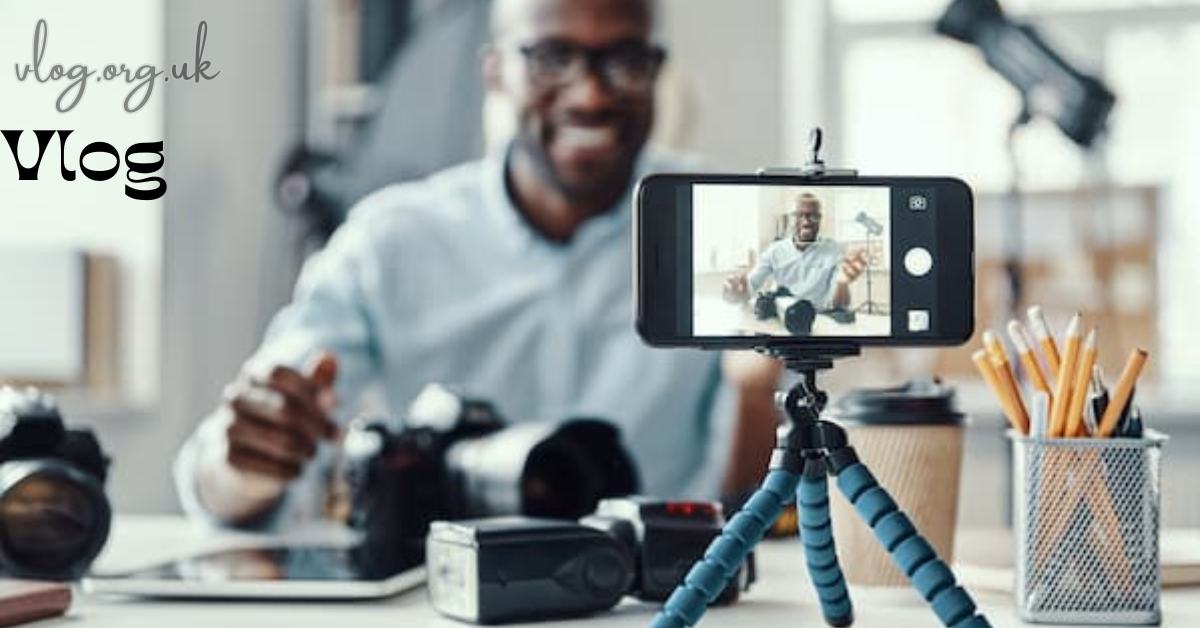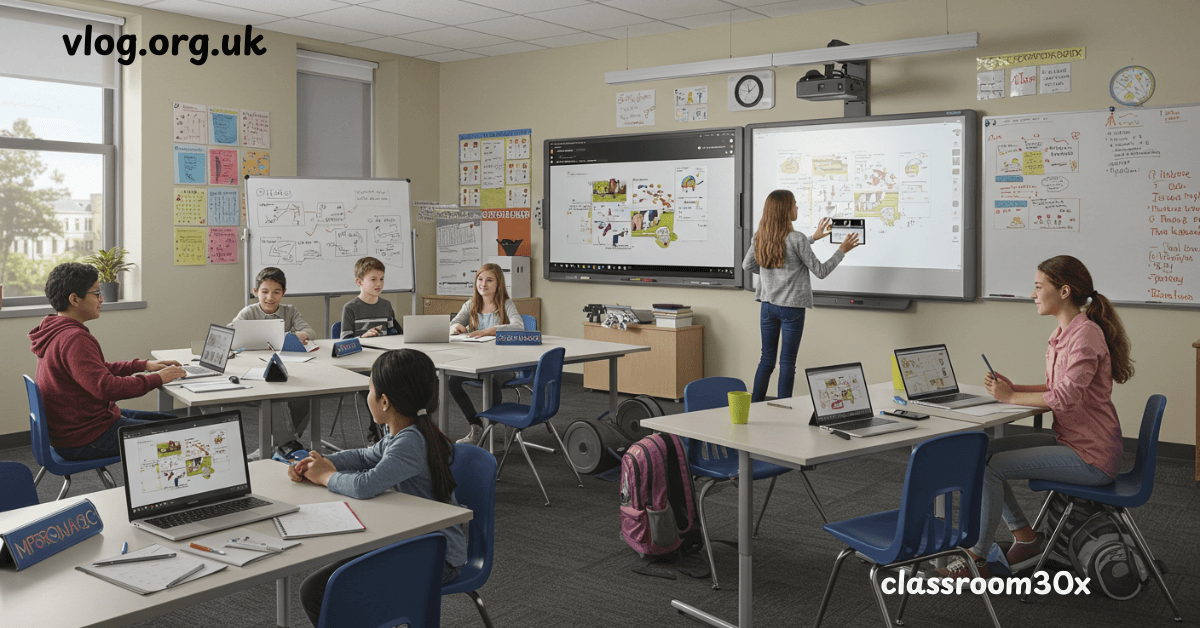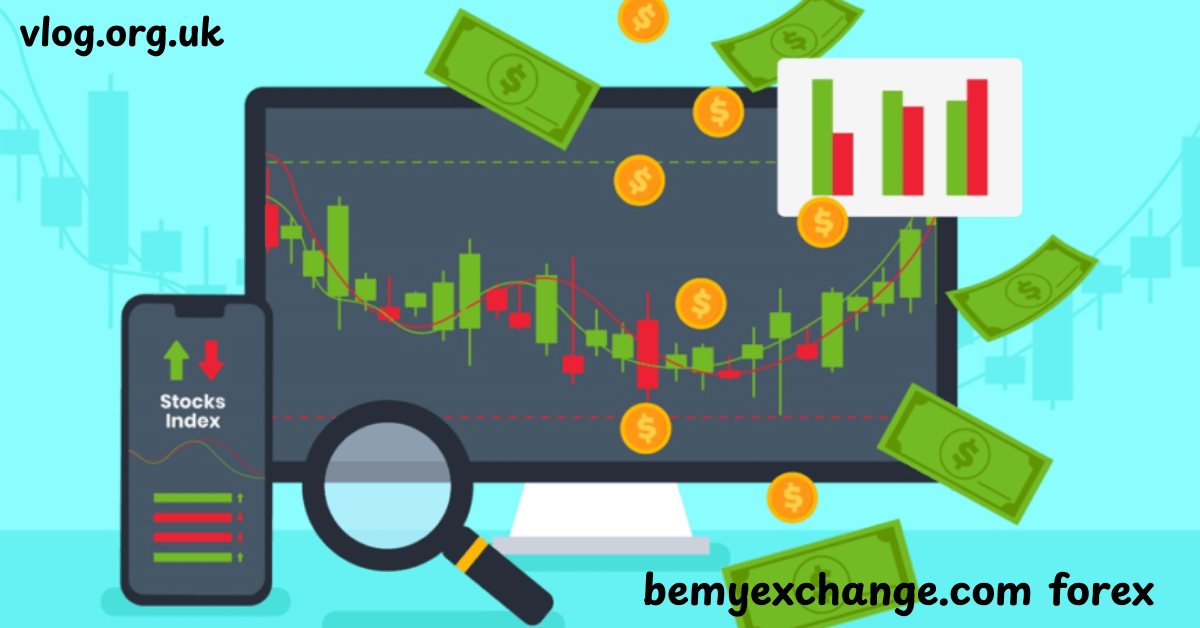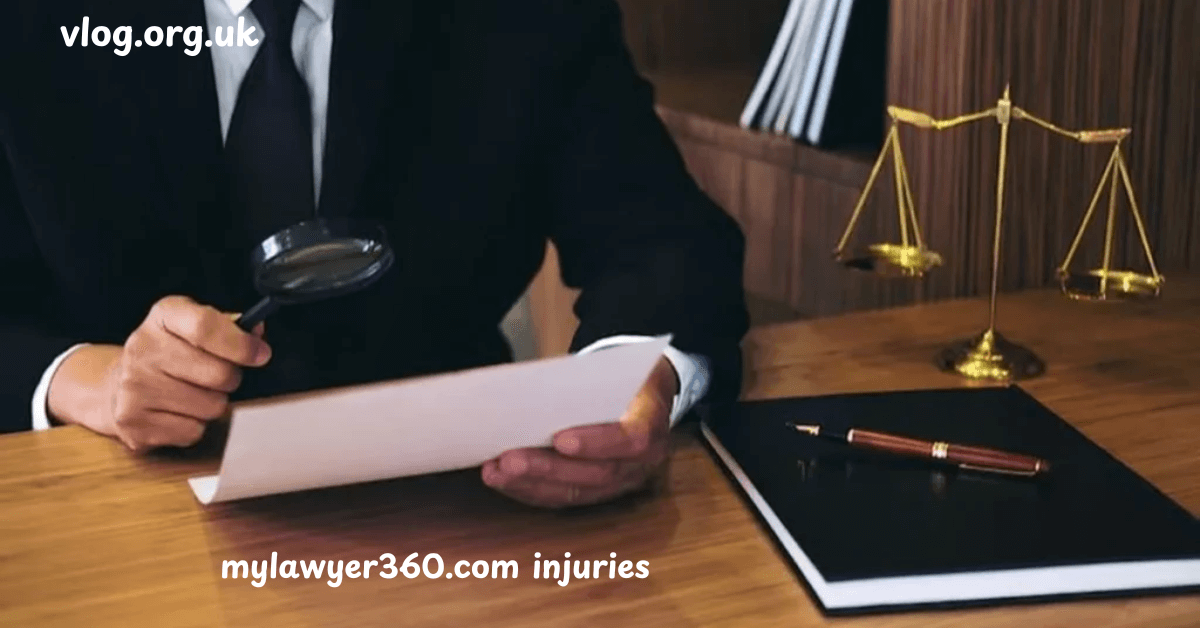
What Is a Vlog?
A vlog, short for video blog or video log, is a form of digital storytelling where individuals share experiences, opinions, or information using video instead of written posts. It’s a personal video journal that allows creators to engage with audiences on a deeper emotional level through tone, visuals, and authenticity.
Whether it’s daily vlogging, travel adventures, tech reviews, or health journeys, vlogs offer a real-time, unfiltered look into people’s lives. They’re easy to consume and even easier to love. Thanks to platforms like YouTube, vlogging has become one of the most influential ways to create connection and build online communities.
The History of Vlogging
The first known vlogger is Adam Kontras, who in 2000 uploaded a self-recorded video diary to share with friends and family while chasing a career in LA. This moment marked the birth of the vlog—raw, unscripted, and powerful.
By 2005, the world saw YouTube’s launch, co-founded by Jawed Karim, who uploaded the now-iconic “Me at the zoo.” This 18-second video became a symbol of a new era: user-generated video content. It wasn’t long before creators like Steve Garfield and Irina Slutsky began documenting life with handheld cameras—laying the groundwork for the vlogging community we know today.
Vlog vs Blog: Key Differences
While both blogs and vlogs are tools for personal expression, the medium sets them apart. A blog relies on the written word—great for in-depth analysis or quiet reflection. A vlog, however, communicates through video storytelling, making it more immersive and emotionally compelling.
Reading a blog may feel informative, but watching a vlog often feels personal. The tone of voice, facial expressions, and environment create a stronger human connection—especially when shared consistently, as in daily vlogging.
How Vlogs Differ From Regular Online Videos
Unlike heavily produced online videos or short-form content, vlogs emphasize authenticity over polish. A vlog isn’t about flashy editing or big budgets. It’s about you—your thoughts, your day, your story. It’s a self-recorded video made with sincerity.
Think of the difference between a studio music video and an acoustic performance in someone’s bedroom. One entertains. The other moves you. Vlogs capture real life in motion, making them a go-to for audiences seeking genuine connection.
The Rise of Vlogging on YouTube
YouTube is the kingdom of vlogging. Creators like Charles Trippy, who holds a Guinness World Record for most consecutive daily vlogs, showed the world that even the ordinary can be extraordinary when shared consistently.
Others like Hank and John Green—the Vlogbrothers—turned their video logs into educational platforms like Crash Course, blending personal charm with academic authority. Gary Vaynerchuk (Gary Vee) used vlogging to document his entrepreneurial hustle, creating a blueprint for millions of future creators.
Who Is Considered a Vlogger?
Anyone who shares their life or insights through self-recorded video logs can be called a vlogger. Whether you’re filming a workout routine, your cooking adventures, or thoughts on mental health, you’re participating in video content creation.
The beauty of vlogging is that you don’t need fame to be impactful. You just need a camera, a voice, and a story to tell. From newcomers on Instagram Live to seasoned YouTubers, vlogging is for everyone.
Vlog vs YouTuber: What’s the Difference?
All vloggers are YouTubers, but not all YouTubers are vloggers. A YouTube content creator might make tutorials, skits, music videos, or animations. A vlogger, in contrast, shares their life and perspectives more directly—think of it as a video diary with a global audience.
Vloggers like Phillip DeFranco have blurred the line, mixing personal updates with news commentary. Still, the core of vlogging remains rooted in honesty, intimacy, and relatability—qualities that distinguish it from other content formats.
How to Start Your Own Vlog
Starting your own vlog is simpler than ever. Begin by choosing your vlogging equipment—a smartphone, DSLR, or a dedicated vlog camera. Use a tripod or stable surface to ensure a smooth camera setup, and consider a lapel mic for clear audio.
Then, choose your story. Are you sharing a day in your life, a passion, or an idea? Record, edit (if needed), and upload to a platform like YouTube, Twitch, or Facebook Live. Most importantly, be yourself. Consistency and authenticity are key to connecting with your audience.
Popular Vlogging Styles
Vlogging is as diverse as the people behind the camera. Some popular vlogging styles include:
- Daily vlogging: A real-time look into everyday life.
- Travel vlogs: Exploring new cultures, foods, and places.
- Health and fitness vlogs: Documenting progress and sharing wellness tips.
- Educational vlogs: Teaching a subject through casual explanation.
- Lifestyle and beauty vlogs: Showcasing products, routines, and advice.
Others carve niches in gaming, tech reviews, or motivational storytelling. The key is to find your voice and let it shine through every video.
Impact of Vlogging on Education and Health
Vlogging has transformed education. Platforms like Crash Course deliver academic content with a personal twist, making learning engaging and accessible. Students feel like they’re being taught by a friend, not just a professor.
In health, vloggers often share mental health journeys, fitness goals, or diet tips, creating support systems around vulnerable topics. These personal life videos help normalize challenges and promote well-being in ways traditional media can’t.
Vlogging for Social Awareness and Communities
From activism to awareness campaigns, vlogging gives a voice to the unheard. Creators like Nelson Sullivan, who documented LGBTQ+ life in NYC during the ’80s, and modern vloggers on platforms like Instagram Live and Twitch, use their presence to spotlight social issues.
Communities rally around shared experiences—from parenting and disabilities to cultural identity and beyond. Vlogs don’t just entertain—they empower and unite, building bridges across cultures, ages, and backgrounds.
Frequently Asked Questions (FAQ)
What is a vlog exactly?
A vlog is a video blog, where creators share experiences, thoughts, or information using video rather than text.
Can anyone become a vlogger?
Absolutely! All you need is a camera, an idea, and the courage to share your story.
What’s the difference between a vlog and other videos?
Vlogs are typically personal, unscripted, and emotionally resonant, while other videos may be scripted or professionally produced.
Do vloggers make money?
Yes. Through platforms like YouTube, Amazon Mechanical Turk, brand deals, and merchandise, many vloggers turn passion into income.
What equipment do I need to start vlogging?
A smartphone or vlog camera, tripod, and basic microphone are enough. As you grow, consider investing in better vlogging equipment.
Are there risks to vlogging?
Sharing your life publicly requires boundaries. Privacy, online safety, and audience interaction should be carefully managed.
How do vloggers build audiences?
Consistency, authenticity, and engaging storytelling. Find your niche, be real, and interact with your community.
Conclusion: Vlogging Is the Future of Connection
In a world that craves authenticity, vlogging offers something rare: real human connection. From its humble beginnings with Adam Kontras to global icons like Gary Vee, vlogging has evolved into a catalyst for change, self-expression, and digital intimacy.
Whether you’re ready to launch your own YouTube vlog or simply appreciate the voices shaping our online world, remember this: your story matters. Grab a camera. Hit record. Start your vlog today—because the world is waiting to hear from you.





